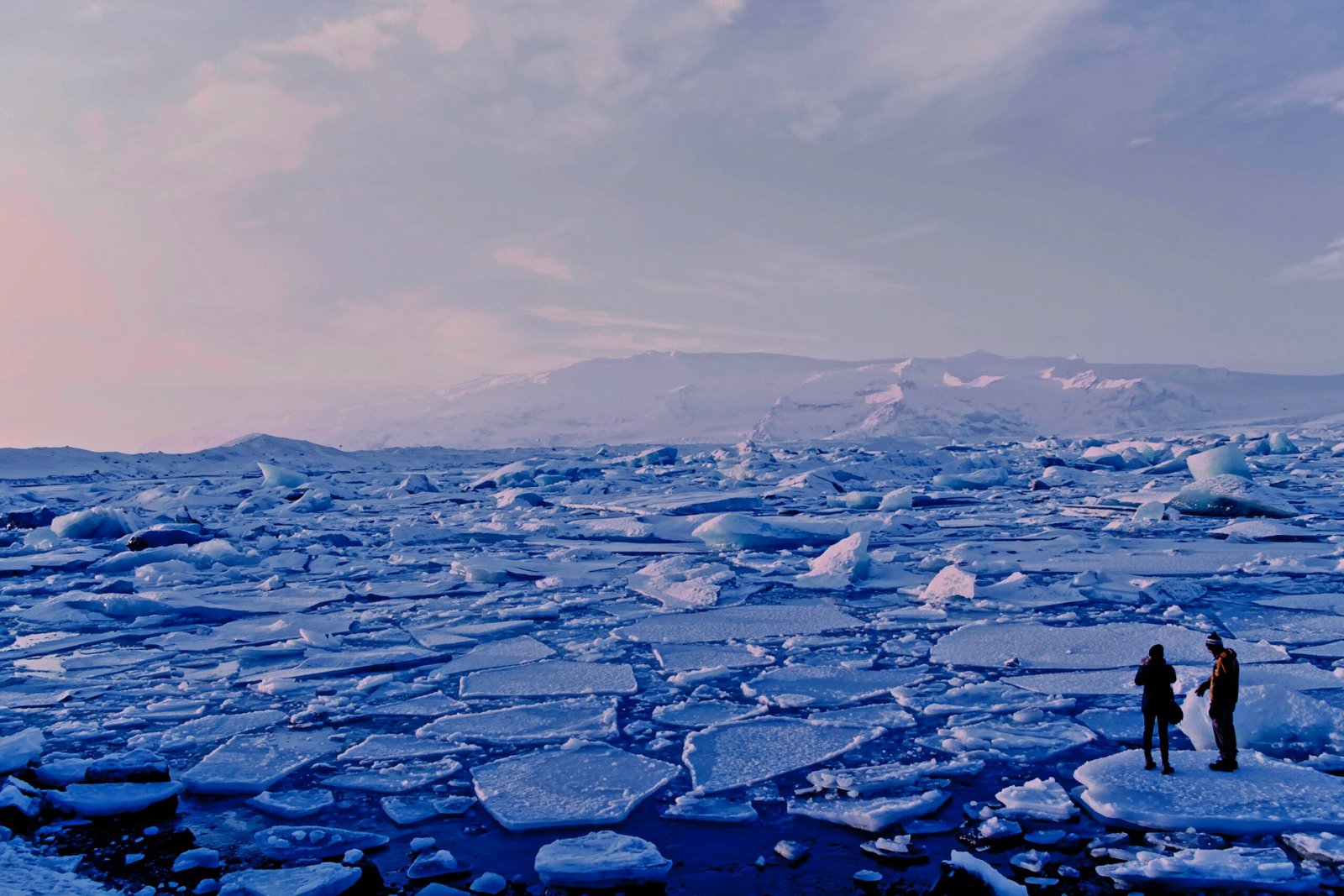Understanding Global Warming and Climate Change
In today’s world, global warming and climate change have emerged as critical concerns. As the Earth’s temperature steadily increases, it is essential to keep up with the latest developments and knowledge concerning these environmental challenges. In this blog post, we will delve into the present status of global warming and furnish you with the most up-to-date information on climate change. Stay informed and take action for a sustainable future.
The Impact of Global Warming
Global warming is primarily caused by the increase in greenhouse gases, such as carbon dioxide and methane, in the Earth’s atmosphere. These gases trap heat from the sun, leading to a rise in temperatures. The consequences of global warming are far-reaching and affect various aspects of our planet.
One of the most noticeable impacts of global warming is the melting of polar ice caps and glaciers. This phenomenon contributes to the rising sea levels, posing a threat to coastal communities and ecosystems. Additionally, global warming disrupts weather patterns, leading to more frequent and intense extreme weather events, such as hurricanes, droughts, and heatwaves.
The Latest Insights on Global Warming
Scientists and researchers around the world are constantly studying global warming to gain a deeper understanding of its causes and effects. Here are some of the latest insights:
1. Rising Temperatures
Temperature records are being broken year after year, indicating a clear trend of increasing global temperatures. The past decade has been the hottest on record, with each successive year surpassing the previous one. This trend highlights the urgency of addressing global warming and implementing effective mitigation strategies.
2. Ocean Acidification
Global warming not only affects the Earth’s atmosphere but also has significant consequences for our oceans. As the concentration of carbon dioxide in the atmosphere increases, a portion of it is absorbed by the oceans, leading to ocean acidification. This process harms marine life, particularly coral reefs and shellfish, which rely on calcium carbonate for survival.
3. Impact on Biodiversity
Global warming poses a significant threat to biodiversity. Many species are struggling to adapt to the rapid changes in their habitats, leading to population decline and potential extinction. Ecosystems are being disrupted, affecting the delicate balance of nature and the services they provide, such as pollination and water purification.
4. The Role of Human Activities
Human activities, particularly the burning of fossil fuels and deforestation, are the primary drivers of global warming. The excessive release of greenhouse gases into the atmosphere accelerates the warming process. However, it is important to note that we also have the power to mitigate global warming by transitioning to renewable energy sources and adopting sustainable practices.
What Can We Do?
Addressing global warming requires collective action and individual responsibility. Here are some steps we can take to make a positive impact:
1. Reduce Carbon Footprint
By conserving energy, using public transportation, and opting for renewable energy sources, we can significantly reduce our carbon footprint. Every small action counts, and together we can make a difference.
2. Support Climate-friendly Policies
Advocate for policies that prioritize renewable energy, sustainable agriculture, and conservation efforts. Support organizations and initiatives working towards mitigating global warming and promoting climate resilience.
3. Raise Awareness
Spread the word about global warming and its impact on our planet. Educate others about the importance of taking action and encourage sustainable habits in your community.
Conclusion
Staying informed about global warming and climate change is crucial in addressing these pressing environmental challenges. By understanding the latest insights and taking action, we can work towards a sustainable future for generations to come. Let’s join forces and make a positive impact on our planet’s climate.


































